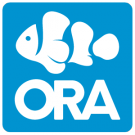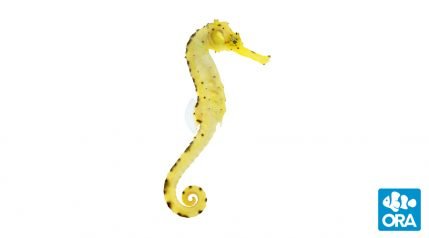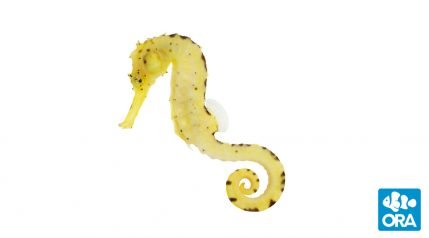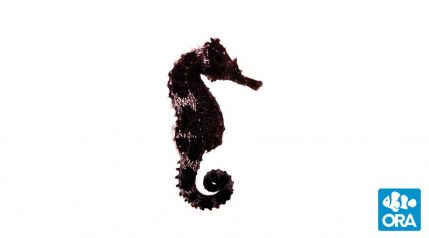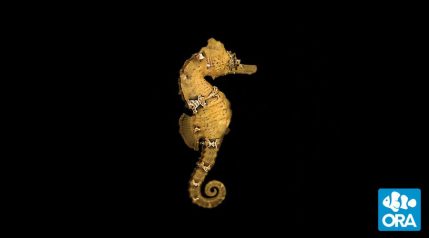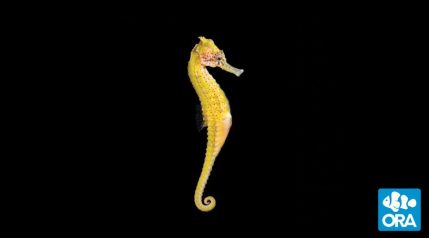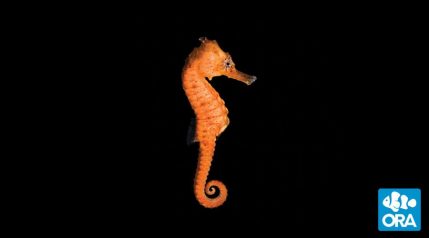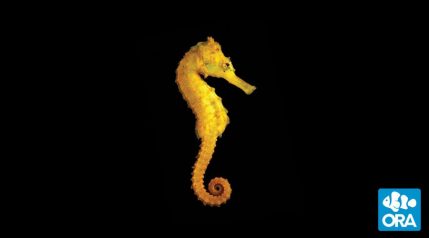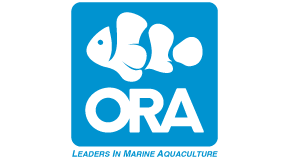ORA Seahorses
ORA Seahorses
ORA Seahorses
ORA Seahorses
A new era of captive care of seahorses has dawned with the introduction of aquacultured seahorses from ORA. The wild-caught seahorses available in the past were notoriously difficult to feed and care for in aquariums. Even the most experienced aquarist had difficulty providing the live foods necessary every day to maintain them. There were also a number of seahorse related diseases that proved very difficult to cure. All of these difficulties have been overcome, and the danger of extinction diminished, with the successful breeding, rearing and frozen-food training of these incredible and lovable creatures.
Recently all Seahorses were placed on the Appendix II list of endangered species by CITES (Convention for the International Trade in Endangered Species). This severely restricts the legal import and export of seahorses, dead or alive. This is a welcome measure for seahorse conservation worldwide, and has nearly eliminated the wild seahorses available in the aquarium trade.
In nature most seahorses are found in the lagoons and grass flats inside the reef. Because of this environment, seahorses may encounter larger variations in water temperature and salinity. Seahorses may adapt to a wider range of water conditions than the reef fish commonly kept in aquariums. ORA seahorses are typically raised at a specific gravity of 1.020-1.023 and temperatures range from 75-85 degrees. All the seahorses offered by ORA are of the tropical variety, not the cold-water (temperate) species.
The greatest advance in seahorse keeping has been the ability to train the juvenile captive-bred animals to eat frozen mysis shrimp. With few exceptions, wild seahorses would eat only live foods. Now that they can be taught at an early age to accept frozen food, one of the biggest obstacles in caring for them has been overcome. Seahorses should be fed defrosted mysis two or three times a day. As the frozen shrimp are moved around by the current in the tank, the seahorses will respond and chase and eat them. If the food hits the bottom and is trapped by decor, the seahorses may not find it and the decaying shrimp can foul water quality. It is important to set up the seahorse display so that a sweeping current flows across the bottom, and un-eaten food is not trapped.
Seahorses should not be kept with other fish as tankmates. This is due to the fact that they cannot compete with the fast moving fish for food. They are best kept in a small (20-30 gallon) aquarium by themselves. Of course they will need some “Seahorse Trees” such as artificial branching coral, gorgonians, or other objects to latch onto with their prehensile tails.
With the right aquarium set-up, proper feeding and care, aquacultured seahorse may live for many years. Average age for many of the tropical seahorses is about 4-6 years. They will reach sexual maturity as early as 4 months, and pairs will readily spawn in aquariums. Seahorse reproduction is well known for having the male give birth to live young. Fertilization actually takes place in the female and then she passes the fertile eggs into the male pouch where they develop for two to four weeks, and are eventually released. Typically 50 to 150 juveniles may be born over the course of many hours.
Raising newborn seahorses presents many difficulties, including the necessity of using large amounts of live food. Unless very well prepared, most hobbyists would not be able to rear the young properly. Sometimes it is better to keep two males or two females in order to avoid the inevitable situation of watching the juveniles perish. The smooth brood pouch present in the male can easily distinguish males from females.
Seahorses may change color with mood, water quality or color of the aquarium background. Colored seahorses may turn black, or vice versa, as they try and match their environment. Changing the aquarium décor, water changes and eliminating stressful conditions may affect the color they display.
